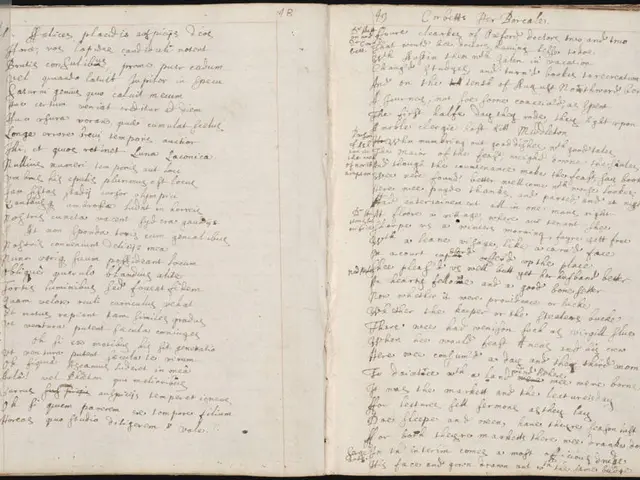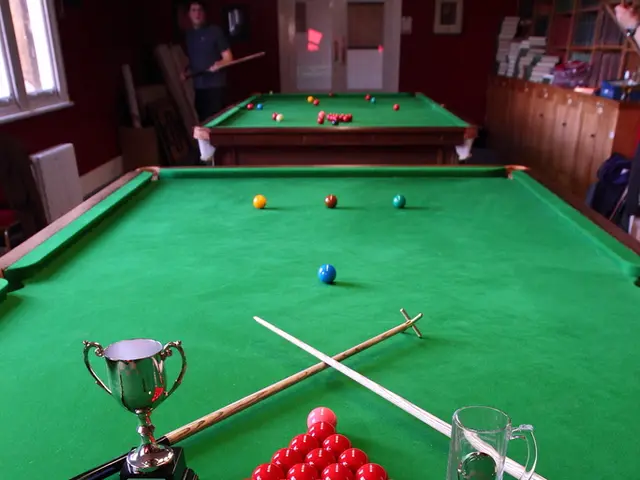Urban Historical Landmarks in Ho Chi Minh City Require Long-term Planning and Development Strategies
Ho Chi Minh City, formerly known as Saigon, is undergoing a transformation. With a strategic approach, the city is positioning itself as a 'contemporary heritage city', where modern urban life intersects with deep cultural layers.
Following an administrative merger, the city has emerged as a mega-urban hub with robust economic and cultural potential. Recognizing cultural heritage as a vibrant resource for the present and future, Ho Chi Minh City is integrating it meaningfully, sustainably, and creatively into everyday life.
The HCM City People's Committee is leading this charge, rolling out an extensive communication campaign and developing a unified brand identity for the city's cultural heritage. The community is being positioned as the main actors in heritage preservation, with locals, artisans, religious practitioners, and artists encouraged to actively participate in reviving traditional festivals, teaching crafts, designing heritage-based performances, and building cultural tourism products.
Areas like Cần Giờ, Hóc Môn, Củ Chi, and Nhà Bè are rich in ecological value, historic heritage sites, traditional craft villages, and folk festivals. These areas are being integrated into a unified digital cultural map, with all heritage assets now part of this strategic initiative.
The city is reassessing its multilayered and diverse cultural heritage, including urban architecture, folk beliefs, traditional arts, and industrial memory. This reassessment is reflected in the city's cultural industries and tourism strategy, with heritage becoming a pillar and creative material for fashion, film, performance, and immersive technology.
Site-specific theatrical performances are being brought into heritage spaces to create immersive, emotionally rich experiences. Iconic landmarks like the HCM City History Museum, the Municipal Theatre, and the City Hall are hosting 3D Mapping night shows, offering a visual journey through time.
Ho Chi Minh City is also encouraging businesses to sustainably tap into heritage, avoiding over-commercialisation, and ensuring cultural value is not stagnant in museums. The city is strengthening the legal framework for heritage protection, supporting community organizations and artisans, and expanding public-private partnerships to make the vision of integrating heritage into everyday life a reality.
Currently, there are more than 185 sites in the city classified as historical, cultural heritage relics and scenic spots at national and municipal levels. With a comprehensive and ambitious development strategy, Ho Chi Minh City is committed to ensuring that its heritage lives and is experienced by the community.
The organization responsible for coordinating the use of cultural heritage within tourism development in Ho Chi Minh City is not explicitly mentioned in the search results provided. However, the city's commitment to its heritage is clear, and its approach is resonating with locals and visitors alike. The future of Ho Chi Minh City as a contemporary heritage city is an exciting prospect for those who appreciate the intersection of culture and modernity.
Read also:
- Understanding Hemorrhagic Gastroenteritis: Key Facts
- Stopping Osteoporosis Treatment: Timeline Considerations
- Expanded Community Health Involvement by CK Birla Hospitals, Jaipur, Maintained Through Consistent Outreach Programs Across Rajasthan
- Abdominal Fat Accumulation: Causes and Strategies for Reduction








